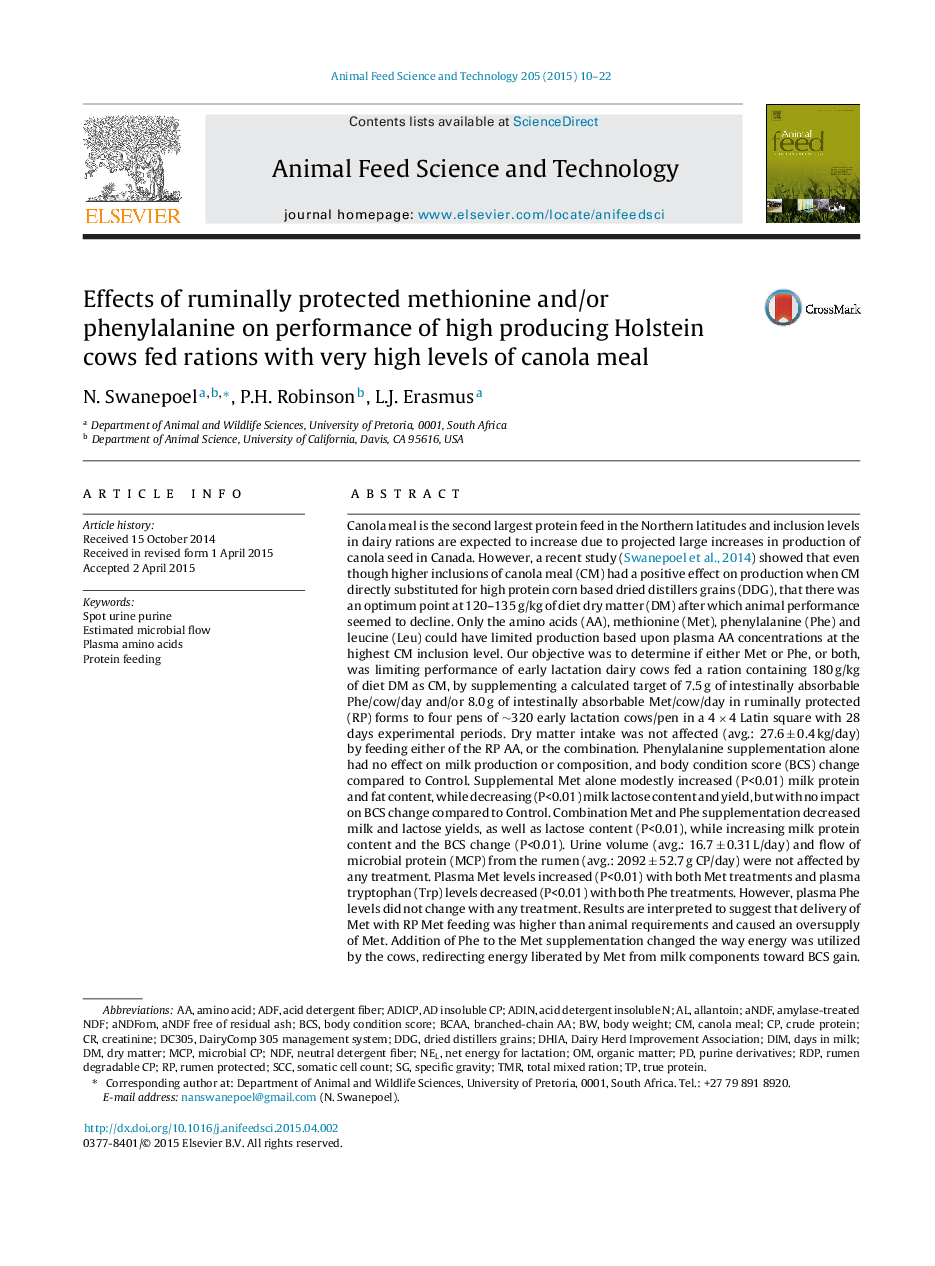| کد مقاله | کد نشریه | سال انتشار | مقاله انگلیسی | نسخه تمام متن |
|---|---|---|---|---|
| 6325689 | 1619752 | 2015 | 13 صفحه PDF | دانلود رایگان |
عنوان انگلیسی مقاله ISI
Does river restoration affect diurnal and seasonal changes to surface water quality? A study along the Thur River, Switzerland
دانلود مقاله + سفارش ترجمه
دانلود مقاله ISI انگلیسی
رایگان برای ایرانیان
کلمات کلیدی
موضوعات مرتبط
علوم زیستی و بیوفناوری
علوم محیط زیست
شیمی زیست محیطی
پیش نمایش صفحه اول مقاله

چکیده انگلیسی
Changes in river water quality were investigated along the lower reach of the Thur River, Switzerland, following river restoration and a summer storm event. River restoration and hydrological storm events can each cause dramatic changes to water quality by affecting various bio-geochemical processes in the river, but have to date not been well documented, especially in combination. Evaluating the success of river restoration is often restricted in large catchments due to a lack of high frequency water quality data, which are needed for process understanding. These challenges were addressed in this study by measuring water quality parameters including dissolved oxygen (DO), temperature, pH, electrical conductivity (EC), nitrate and dissolved organic carbon (DOC) with a high temporal frequency (15 min-1 h) over selected time scales. In addition, the stable isotopes of water (δD and δ18O-H2O) as well as those of nitrate (δ15N-NO3â and δ18O-NO3â) were measured to follow changes in water quality in response to the hydrological changes in the river. To compare the spatial distribution of pre- and post-restoration water quality, the sampling stations were chosen upstream and downstream of the restored section. The diurnal and seasonal changes were monitored by conducting 24-hour campaigns in three seasons (winter, summer and autumn) in 2012 and 2013. The amplitude of the diurnal changes of the various observed parameters showed significant seasonal and spatial variability. Biological processes - mainly photosynthesis and respiration - were found to be the major drivers of these diurnal cycles. During low flow in autumn, a reduction of nitrate (attributed to assimilation by autotrophs) in the pre-dawn period and a production of DOC during the daytime (attributed to photosynthesis) were observed downstream of the restored site. Further, a summer storm event was found to override the influence of these biological processes that control the diurnal changes. High frequency daily monitoring of key water quality parameters over different seasons is shown to be essential in evaluating river restoration success.
ناشر
Database: Elsevier - ScienceDirect (ساینس دایرکت)
Journal: Science of The Total Environment - Volume 532, 1 November 2015, Pages 91-102
Journal: Science of The Total Environment - Volume 532, 1 November 2015, Pages 91-102
نویسندگان
Vidhya Chittoor Viswanathan, John Molson, Mario Schirmer,